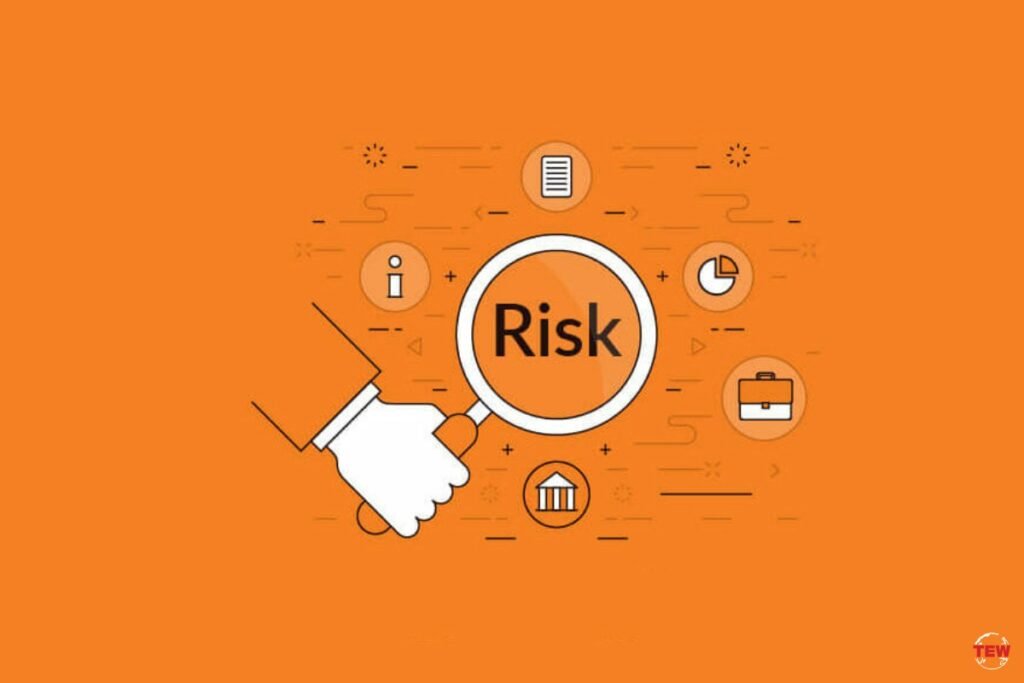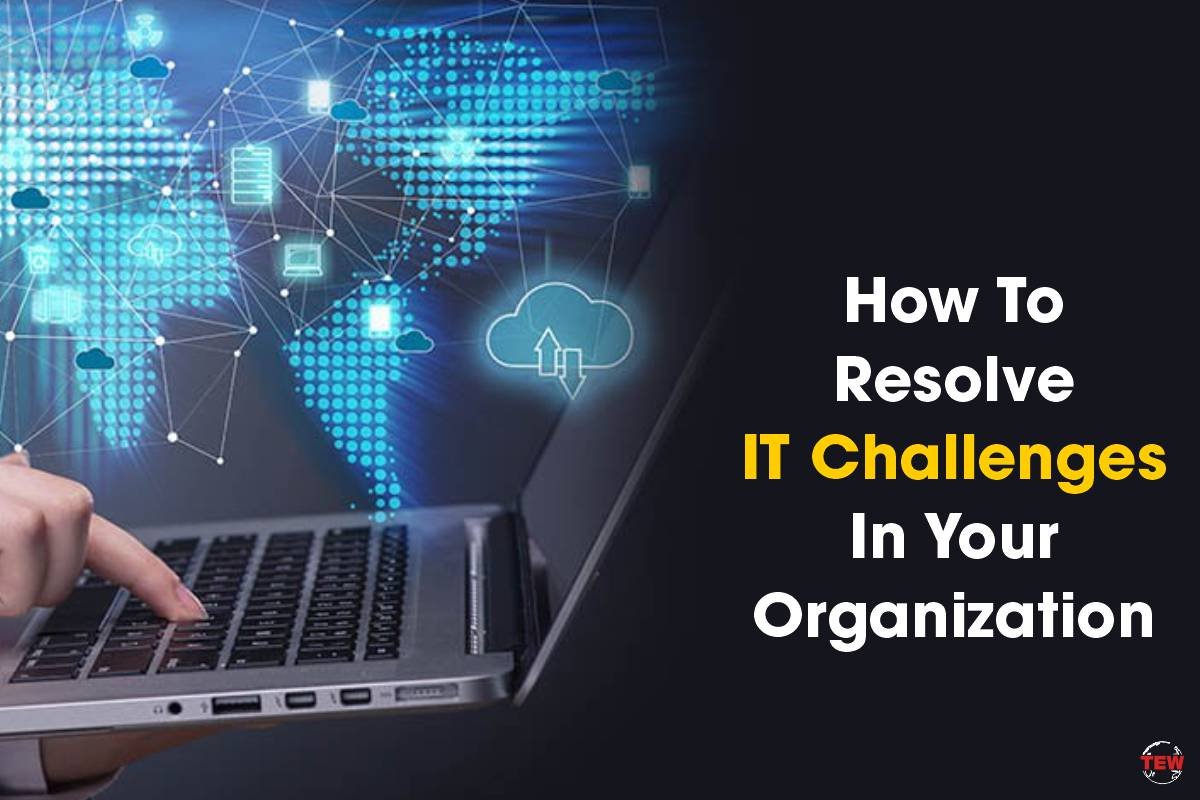Information technology (IT) Resolve IT Challenges are common and can damage your organization. These issues may include software crashes, data loss, and slow performance. Various factors, including hardware failures, software defects, and human errors, can cause these problems.
To prevent these issues from becoming full-fledged disasters, it helps to know how to handle them effectively. Alternatively, you can seek help from reputable IT service providers, like managed IT services from Isidore. They can help you resolve your IT challenges by offering appropriate solutions for your organization.
On the other hand, there are several ways to Resolve IT Challenges. Here are six of the most common:
1. Determine The Problem
The first step to Resolve IT Challenges is identifying it. You can start by defining the problem, how long it has been occurring, and when you expect it to end. It’s ideal if everyone involved, from IT staff to end users, works together.

The goal is to create a shared understanding of what needs to be solved and how long it will take to resolve it. Meanwhile, you can determine the problem by reviewing your organization’s existing technology, policies, and procedures—such as poor hardware, software, or training.
Identifying the underlying causes can help you identify any significant gaps or weaknesses in your current systems that could be causing problems.
2. Create An IT Workforce Plan
Another option to alleviate IT issues in your company is to develop a team of technical experts to help resolve problems. Responsibilities may include installing software updates or troubleshooting hardware issues.
The team should consist of people with adequate training. Hence, they know how to effectively use software tools, hardware devices, and other resources when troubleshooting an issue. So, after identifying your problem, it’ll be easier for you to determine who should resolve it.
For example, suppose you’ve encountered performance issues with your web server. Ideally, a member of your IT staff with expertise in network performance would likely be responsible for resolving them.
On the other hand, if there are security issues with a particular piece of software, Resolve IT Challenges, someone with software expertise can resolve them. In both cases, they should only have access to information relevant to solving their part of the problem.
3. Understand Your Risk Profile
The next step in the process is understanding the business and technical risks involved. Resolve IT Challenges, This will help you establish which vulnerabilities pose the greatest threat to your business and how best to address them.
For example, if you’re using outdated software or poor network security practices, these issues could put your entire company at risk if hackers target them. Hence, it helps to understand your risk profile by performing a thorough vulnerability assessment on all systems.

In addition, this step will provide you with information that can help you prioritize which vulnerabilities will most likely impact your organization. Also, you can determine whether each issue requires immediate attention or can wait until more time or resources are available.
4. Establish A Security Program
Once you’ve determined which risks are most likely to affect your business, the next step is to develop a plan for prevention and mitigation. This way, you can manage the number of devices used in the workplace and limit their impact on your organization’s IT infrastructure.
When implementing a security program, it’s crucial to understand how to manage the risks and what actions will be taken if they occur. This step can help minimize downtime or other negative consequences associated with security incidents.
5. Evaluate Your Existing Technology Investments
It’s advisable to evaluate your organization’s technology investments regularly. This process is called IT strategy development , Resolve IT Challenges. It involves assessing your IT portfolio’s current state and determining where you want to be in the future. Also, it entails identifying needs, how to prioritize them, and developing a plan with a clear set of goals.
A vital part of this process is evaluating your existing investment portfolios, such as equipment and software. Doing so can help determine if the current software and hardware meet your organization’s needs. If not, deciding what changes need to be made is best to get the most out of your existing investment.
6. Monitor Compliance With Policies
Another essential step to resolving IT challenges is to monitor compliance with policies. Policies are the rules that govern how your organization operates. They include company standards, guidelines, procedures, and protocols for successful business operations.

Monitoring compliance with policies will help you identify significant issues that may arise within your organization. It can also help you fix the problem appropriately and prevent it from occurring again.
Key Takeaway
Resolve IT Challenges management can be tricky for organizations, regardless of industry or size. Although each company will face its own unique set of difficulties, there are practical solutions that can help resolve numerous IT issues.
By implementing basic IT principles and procedures, a company can bolster its core systems and reduce IT-related stress on the organization.





